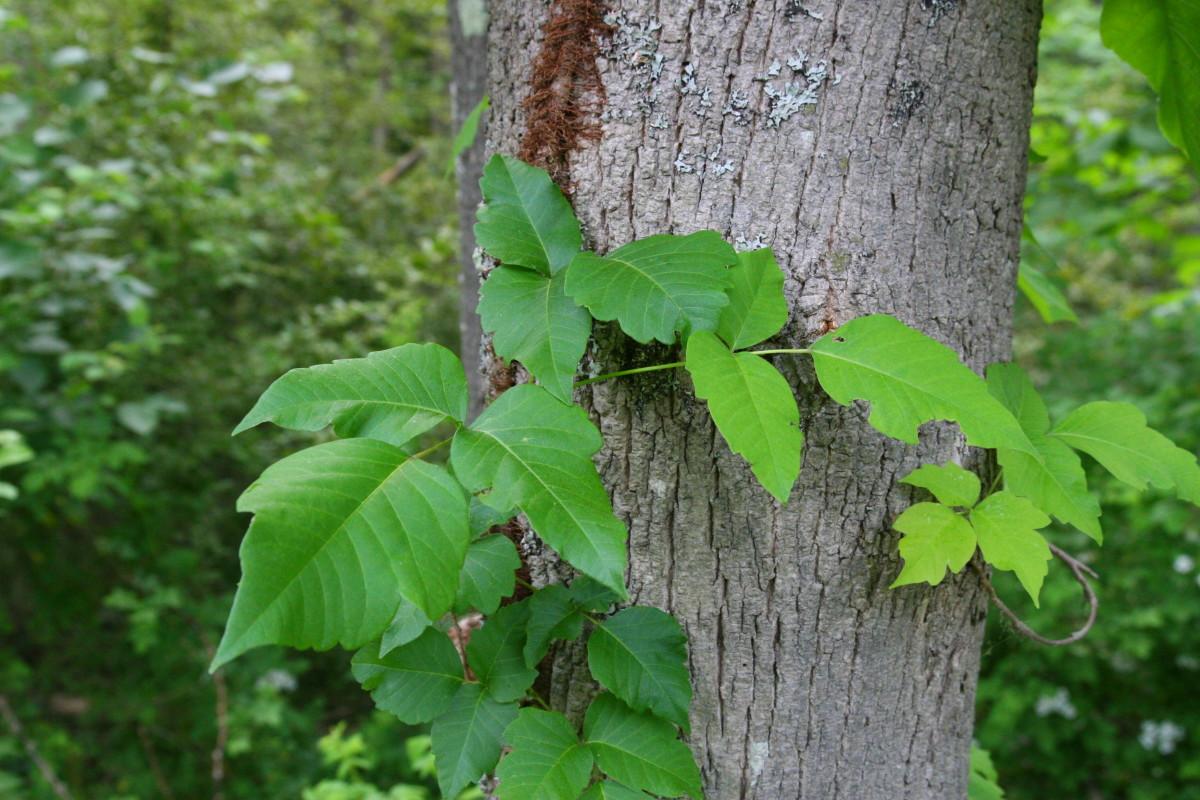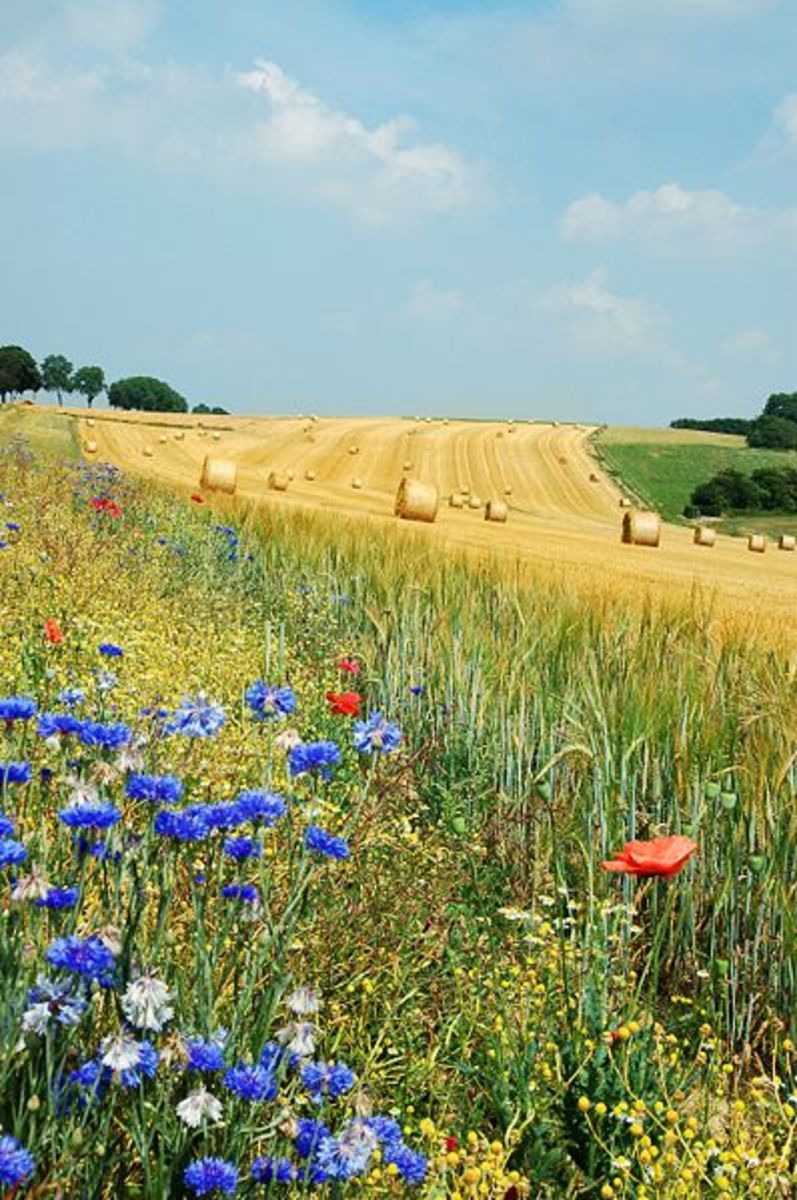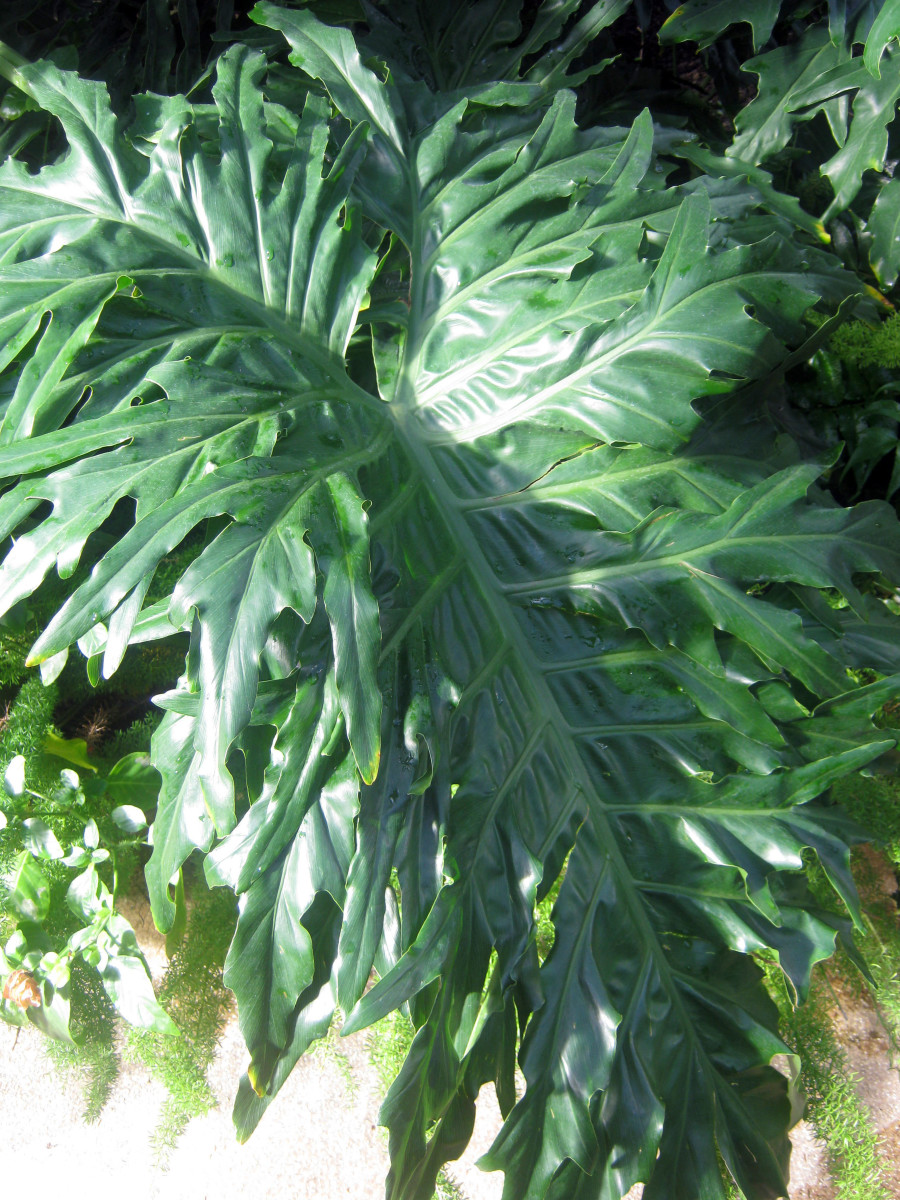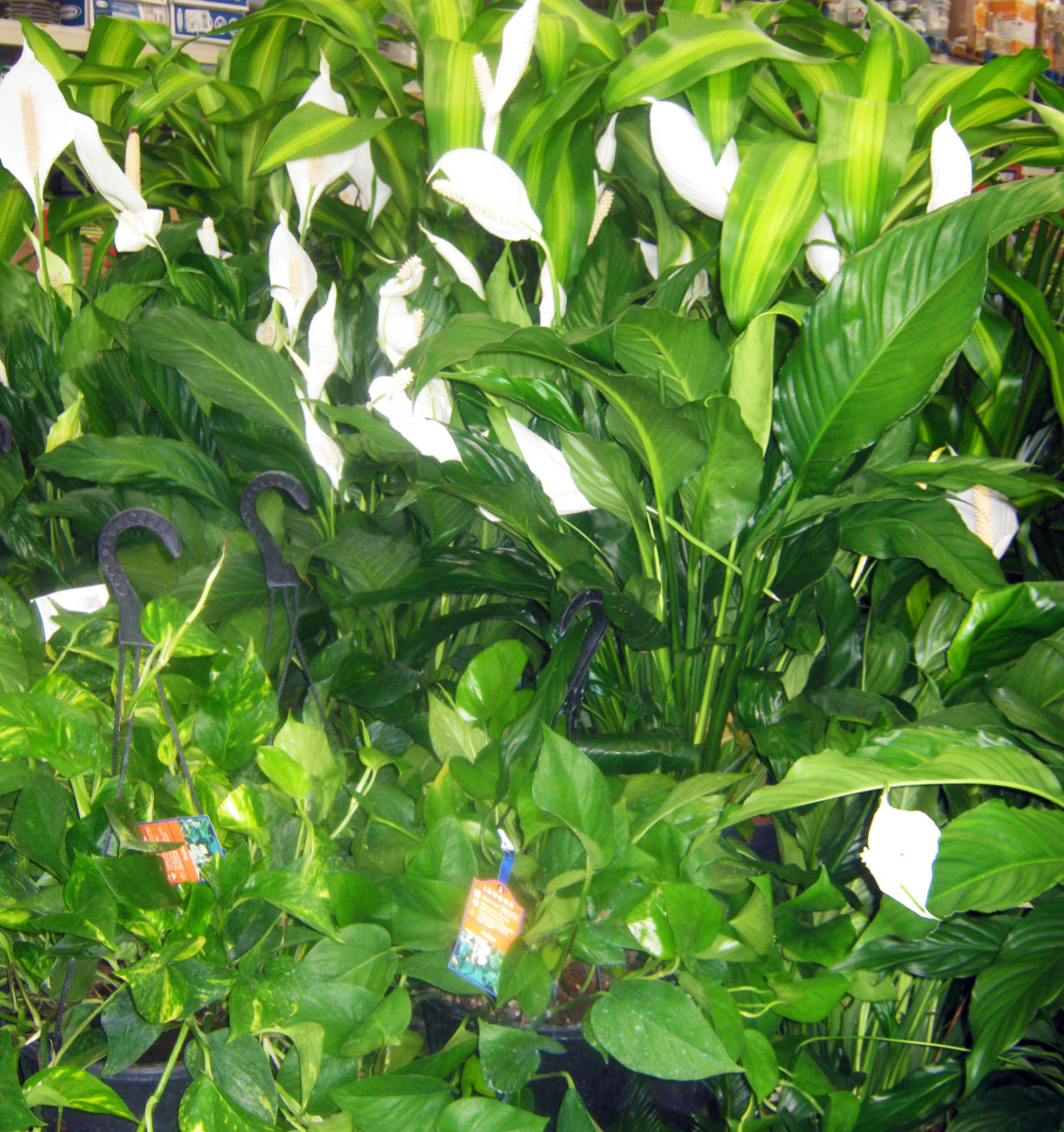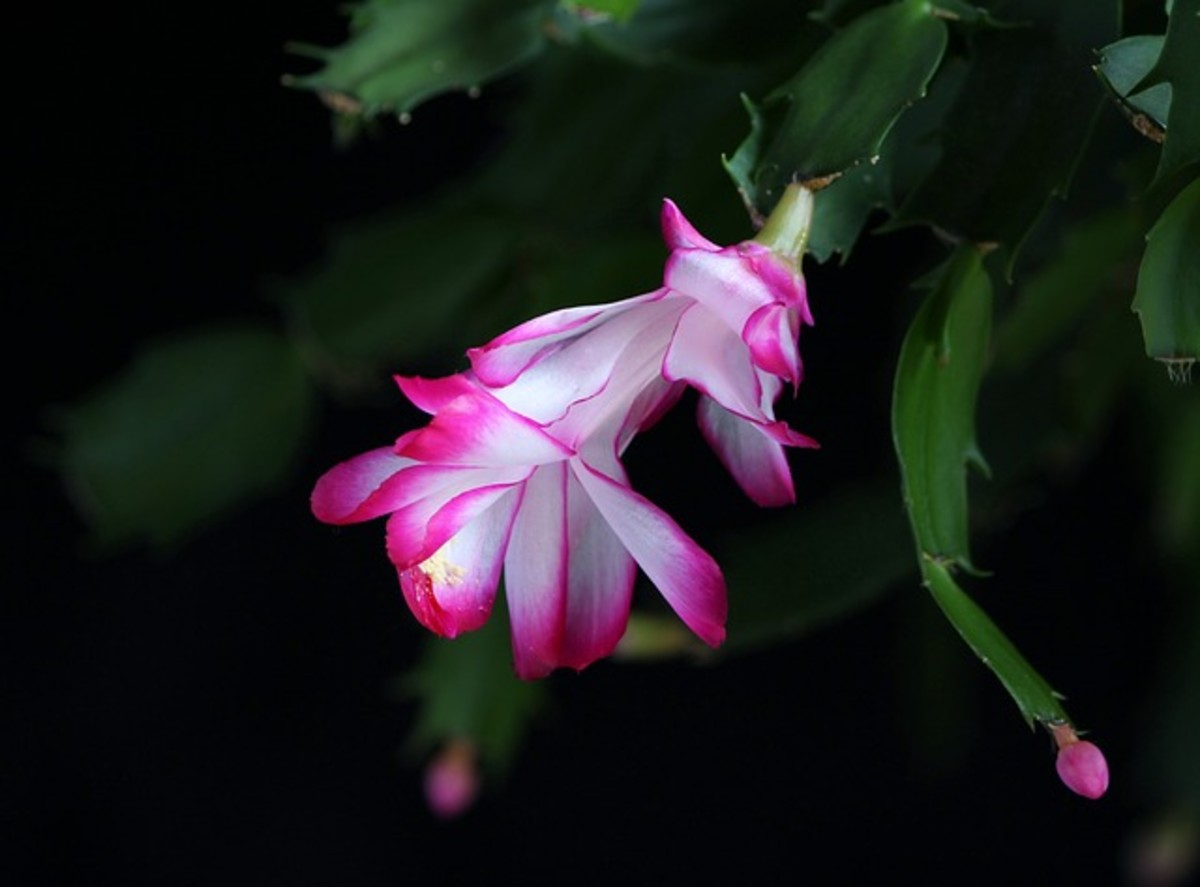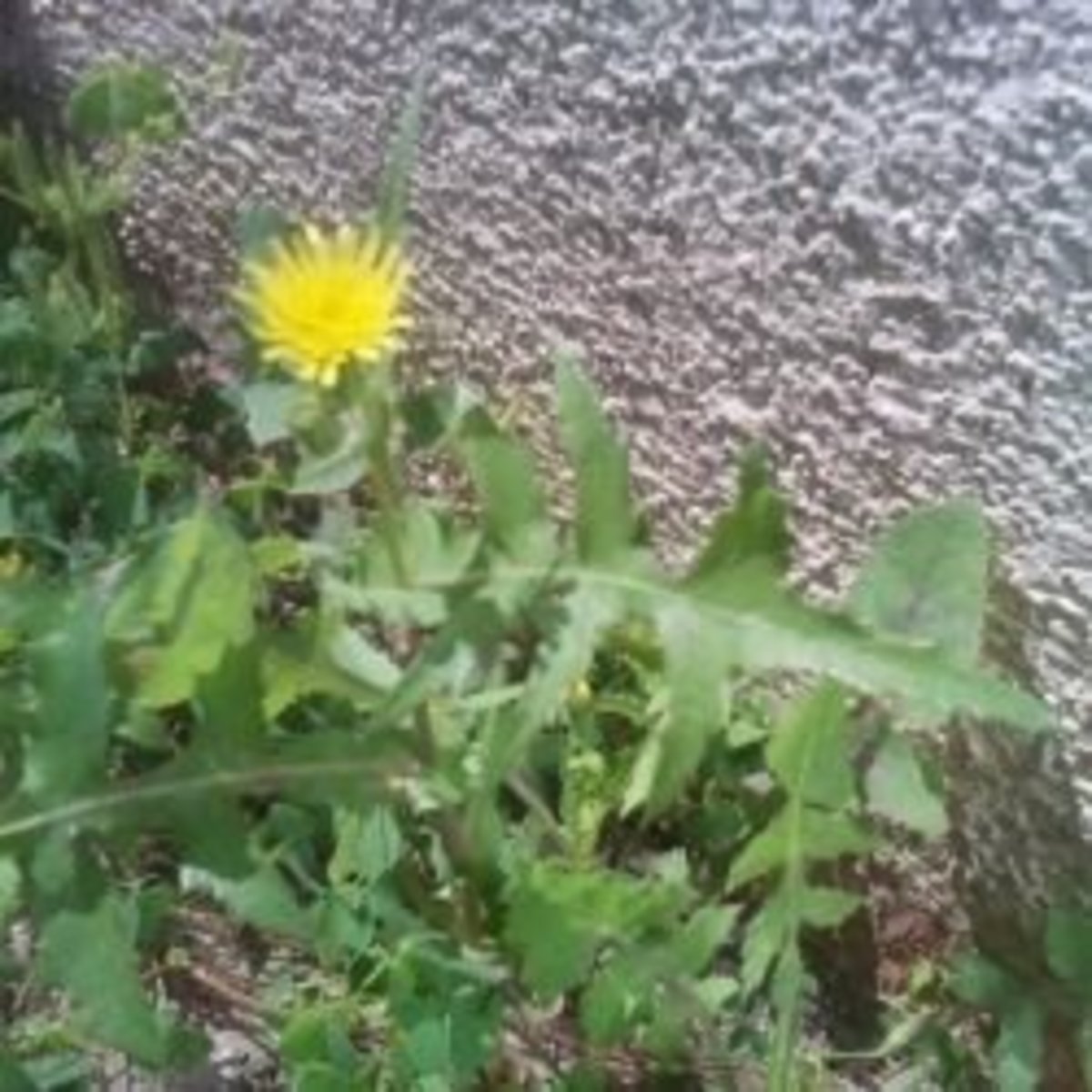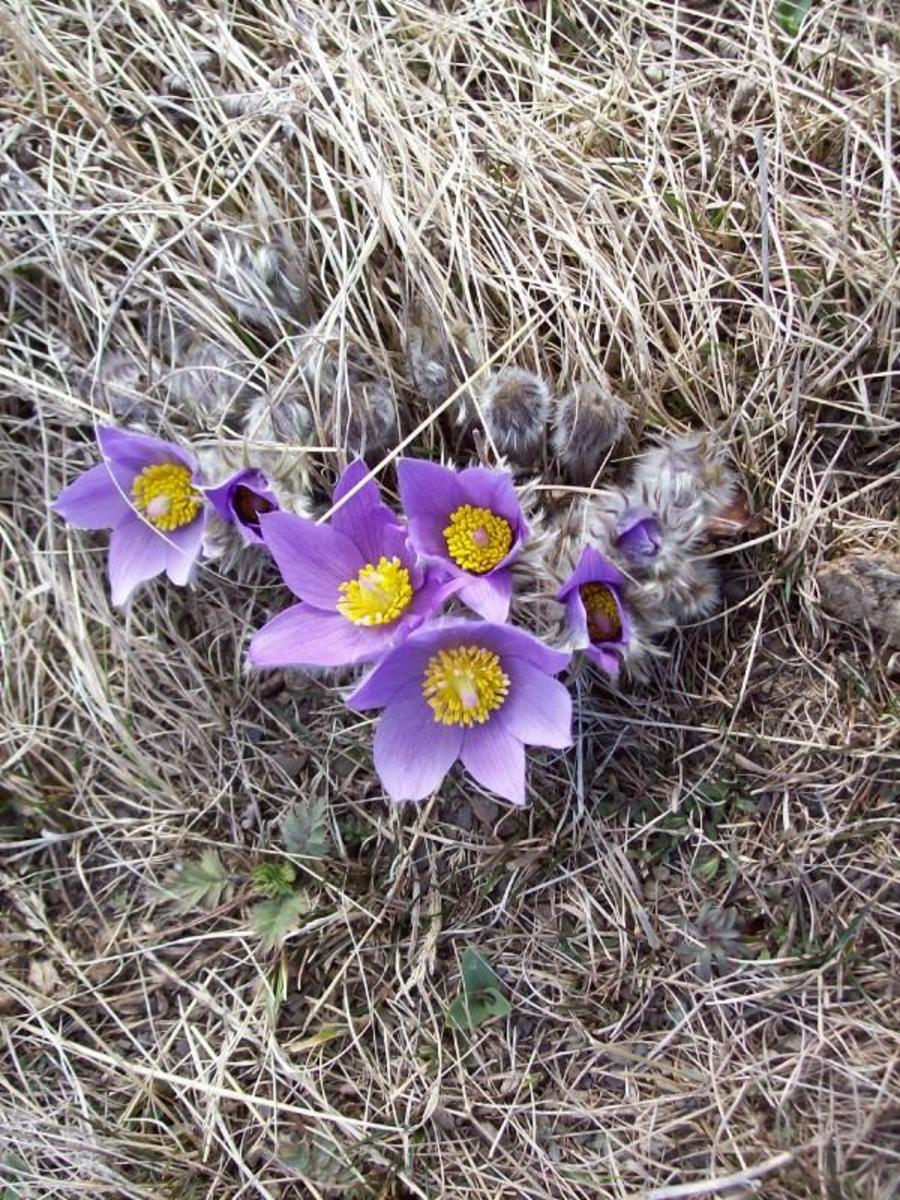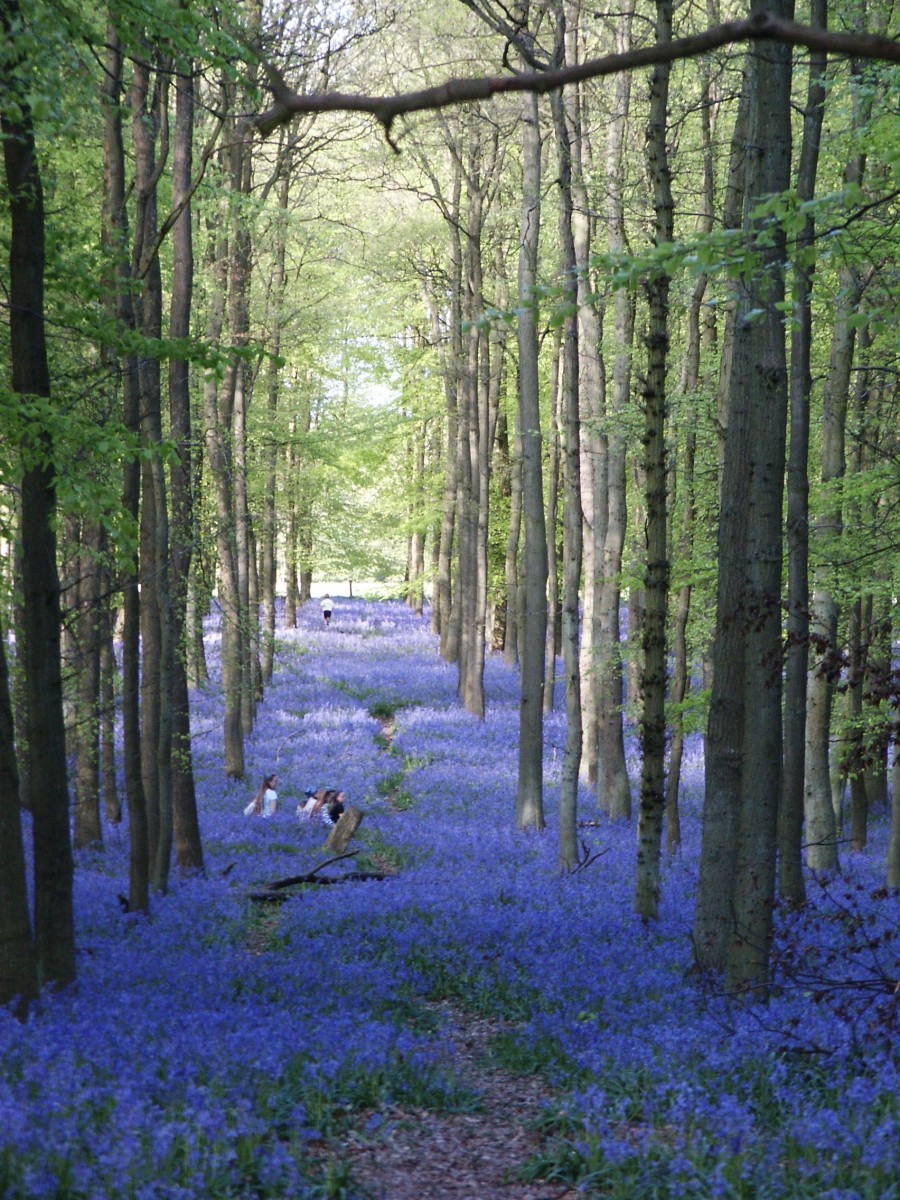PLANTS FOR ALL PLACES
Plants For All Places
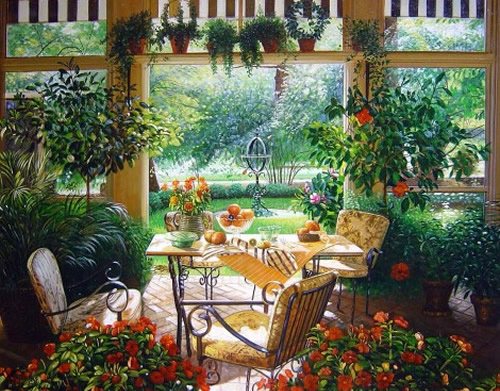
Houseplants last longer than cut flowers but they need loving care. Keep them healthy and happy.
Like flower unless you are dealing with a specimen houseplants are best used massed together. This way they look lush and luxuriously jingly whereas dotted around individually they fail to make an impact. Worse they they can even look self-conscious and silly.
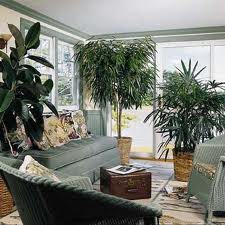
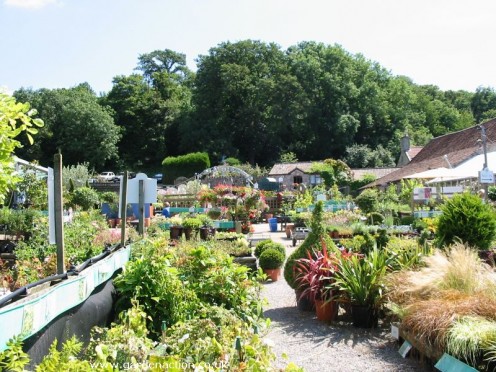
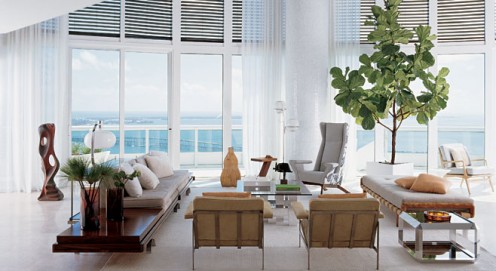
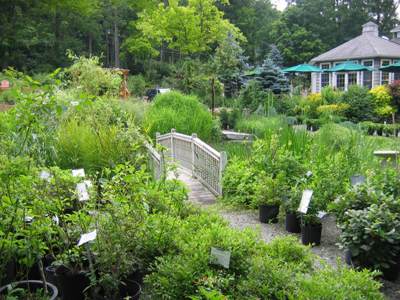
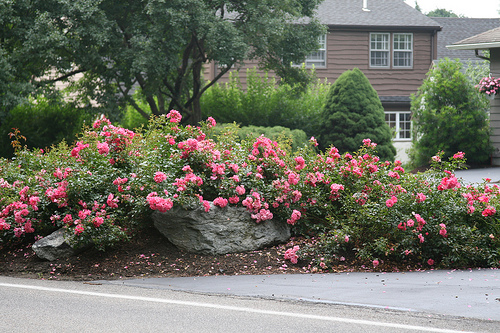
What Houseplants Where?
There is little worse than a Mother in law's Tongue sticking up rigidly in the middle of a kitchen window sill. In the right situation of course it could stand alone but it would need a very sophisticated or stark setting where it could be treated almost as a piece of modern sculpture. In most cases however it would look far happier in the company o other more fluid looking plant that would soften the stiffness of its outline.
There are various ways of grouping plants. In the case of slow-growers you can plant them in a communal trough (with a layer of broken crocks on the bottom topped up with a good potting compost) taking care to mix different heights leaf shapes and colour. You should take care to mix compatible types that share similar light temperature and water requirements.
As this isn't as easy as it sounds you may prefer to leave plants in their individual rather than compost and then sinking the pots to their rims in the peat. This way if a particular plant begins to look sickly or does too well and outgrows the others you can easily switch it for something else. If you don't want to go to the expense of buying a trough you can simply group the plants in their free standing pots on a plastic tray containing pebbles or gravel.
A possible grouping for the Mother-in-Law's Tongue with its long spear like leaves soaring uncompromisingly upwards could be with the Spider plant because it has a soft cascading shape like a fountain and a trailing ivy (Hedera) because its movement is graceful and its leaves provide a complete contrast in shape.
If you have no starting point for filling a trough the best way to achieve a variety of height and form is mix climbers, trailers and upright plants. Any of the following would grow reasonably compatibly together. For a climber choose from the Kangaroo Vine (Cissus antartica), the Grape Ivy (Rhoicissus rhomboidal) and the philodendrons. For a trailer choose from any of the ivies (Hedera), Wandering Jew (Tradescantia), and the tiny Creeping Fig (Ficus pumila). For n upright pick from the Dieffenbachia (Dumb Cane) the colorful crotons or that trusty old standby the Spider plant.
Larger plants with differing heights look good grouped together in their pots on the floor. But it's easy to create differing heights where they are uniform by placing the pots at different levels. Some could stand on the floor some on a low table behind them perhaps some on a shelf above the table or in a tall tower pot or jardinière. When banked in this way to use space creatively even medium sized plants can give the impression of a dense and impenetrable growth.
If you want to use a plant in isolation choose one that will be sympathetic to its surroundings. Any spiky plants like yuccas r most of the bromeliads will look their best in a coolly modern setting that will play up the purity of their hard simple outlines. They are stylized plants that demand a highly stylized situation and can be very difficult to live up to.
Softer-looking plants are far more flexible because they look good in any style of room. To stand alone they will need a bushy spreading shape that gives a satisfying and self contained sense of balance. The Figleaf Palm (Fatsia) is an excellent example. So too is the lush-leaved aspidistra ideal proof that soft plants are timeless in appeal because although the aspidistra is associated with Victorian parlors and today still looks magnificent in traditional settings it is also magnificent in traditional setting it is also splendid in sparse and graphic interiors. For more proof think of feathery fronded ferns. These plants look at home in any kind of room and have beautifully full and balanced forms that are worthy of being singled out for attention.
When it comes to really large scale plants and trees it's important to choose the right weight of leaf. Anyone with a Swiss Cheese Plant (Monstera) that has grown nearly taller than they are will know how threatening it can become. This is because the glossy dramatically-slashed leaves which can grow to a terrifying 60cm (2ft) wide prove very dense and overwhelming.
Unless you actually want a larger than life impact, it's wiser to choose something less solid and forceful that will permit more peaceful-co-existence. Palm trees are very easy to live with because however large they grow they still look light and airy. So do avocado trees which you can grow from a stone. Other airy trees or evergreen shrubs that look like trees in a domestic setting include the Weeping Fig (Ficus Benjamin a), the ?House Lime (Sparmannia) and they Silky Oak (Goreville Robusta).
Whatever kind of houseplants you invest in use them so they become an integral part of your home instead of an unrelated addition. If you buy a climber for instance allow it to climb rather than tying it to a cane in the middle of its pot. You can train it to climb round a mirror or a window frame, or even up the banisters of the staircase. Unless plants are allowed to live naturally in your home you can't expect them to make your home look more natural which is the whole point of introducing them in the first place.
Green leafy plants prove the most rewarding in interiors because they can be used as strong and lasting elements of design. Flowering plants on the other hand often become insignificant once they have flowered. Furthermore unless you mass together several of the same kind, it's virtually impossible to get a really abundant look because flowering plants rarely mix well with one another. Azaleas need a great deal of moisture, for instance; cyclamens must have plenty of fresh air; the leaves of the African violet rot or become damaged if they hat splashed while you are watering plants alongside them.
It's probably best to use them singly putting them in the same places where you might outer wise have put a flower arrangement. Indeed they can be the perfect solution for people who can't bear to amputate garden flowers.
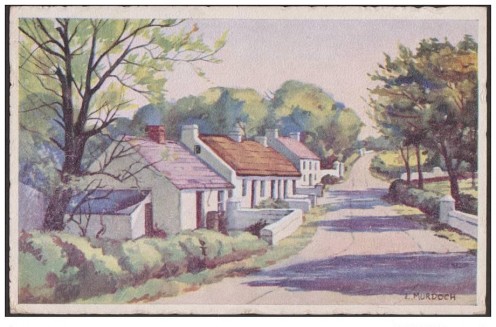
Sunshine And Shadow
It's a myth that plants love lapping up sunshine. In fact if you put plants with the possible exception of pelargonium, and cacti which never have too much sun on the sill off a south facing window, the midday sun will bake them to death.
Fortunately this doesn't mean the windowsill need to go to waste. There are plants that like sunshine provided it isn't too strong so as long as you can protect them from the sun at its peak they will do very well in the situation.
Most flowering plants are happy to bask in moderate sunshine, because they need plenty of light for the production of florigen, which determines how prolifically they flower. So are most variegated leaf plants. This is because the green parts of the leaves need as much light as possible to make up for the lack of chloroform in the non green parts.
But neither flowering plants nor variegated plants actually need sunshine. What they need is a good light as opposed to being in the shade. So they can live just as well in a north facing window or away from the window in an extra bright room.
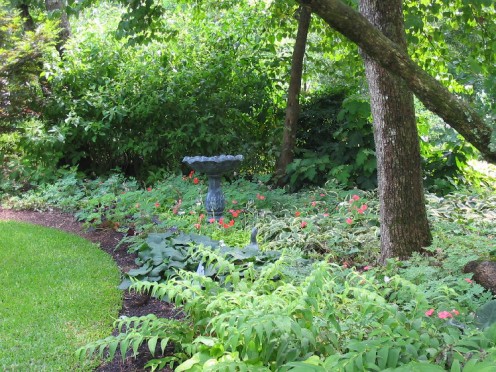
The Shady Characters
Plants with all green rather than variegated leaves are content to live well away from windows. This includes all the ferns, which thrive best in the shade: after all they are used to growing on the floors of forests are used to growing on the floors of forests and jungles where they are overshadowed by the trees above. Palms are less particular in their requirements. They accept semi shade as well as direct light which makes them very flexible in possible sitting. But green climbers or trailers prefer the shade and their leaves may turn a sad and sickly yellow if they get too much exposure.
All plants need light and even these shady characters would die if relegated to a totally dark corner. But there are a few that will survive in gloomy situations. The aspidistra for instance has an amazing constitution and is capable of putting up with very poor light. Several other plants will survive with the help of artificial lighting though to be on the safe side stick to ferns, and climbers like the Kangaroo Vine and Philodendron scan dens.
Although spot lit plants look very dramatic the bulbs create a lot of heat and could cause scorching to the leaves. Best keep them several feet back from your jungle. Even an ordinary light bulb can do harm if it's very close to the leaves so if you are hanging a pendant light above a plant or group of plants, keep it at least 60cm (2ft) above if your are using a 100-watt bulb. Ideally it should be switched on for at least twelve hours daily.

